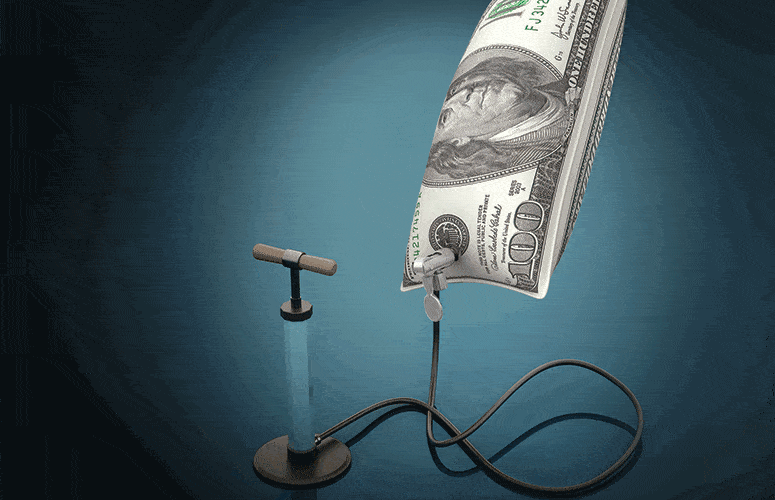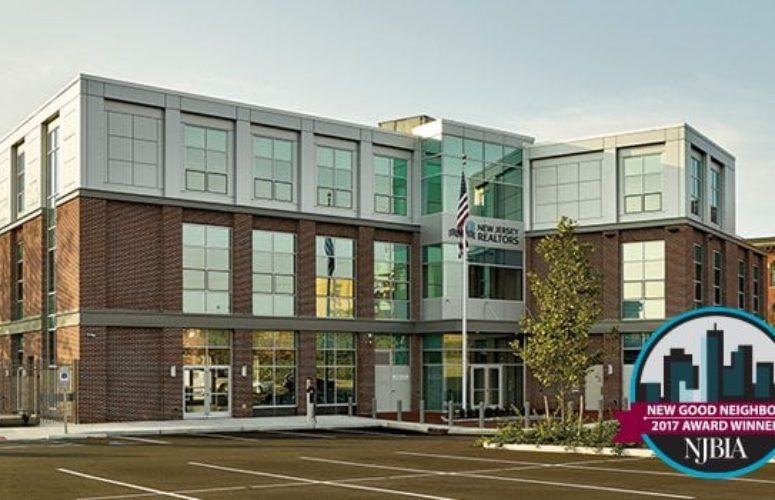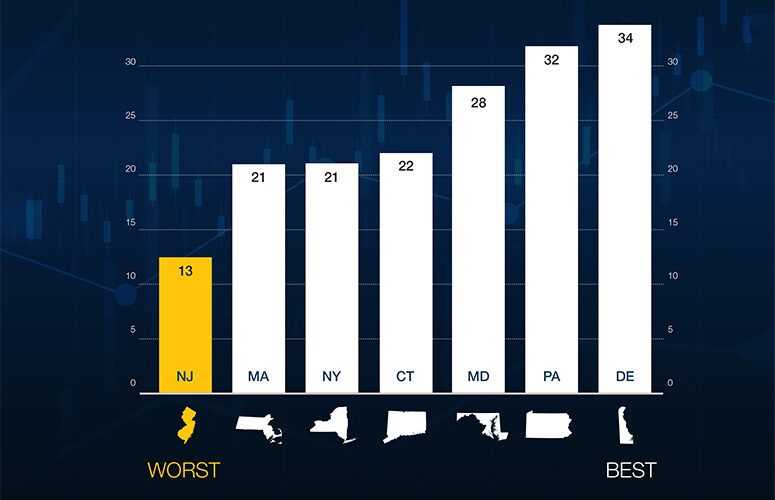
Help Millennials Leave the Nest Without Leaving NJ
Report to Members
By Michele N. Siekerka, Esq., NJBIA President and CEO On May 29, 2017
The US Census estimates 47 percent of New Jersey’s 1.85 million millennials (871,000 people between the ages of 18 and 34) still live with a parent, the highest rate in the nation. Total student loan debt in New Jersey averages $28,000 and 68 percent of all graduates have loans. Couple that with New Jersey’s high housing costs, driven by the nation’s highest property taxes, and it’s clear why those in their 20s and 30s cannot afford to move out of their parents’ homes.
From an economic standpoint, the impact of an entire generation’s “failure to launch” affects the housing construction industry as well as associated consumer spending, such as buying furniture, appliances and other household items. However, the trend portending even worse economic consequences is the growing number of millennials who, when they eventually do leave home, also leave New Jersey. These young adults are our future workforce, and we lose too many of them to states where taxes, housing and the cost of living are more affordable.
NJBIA’s 2016 outmigration report documented this exodus, using Census data to show that millennials are the largest demographic group leaving the state. Although much of the attention that report received focused on the loss of wealth ($18 billion in net adjusted gross income in 10 years) and how that affects state tax revenues, jobs and consumer spending, what is equally important is the long-term economic impact of losing our future labor force.
New Jersey ranks dead last when it comes to “net migration” of millennials, a calculation that includes how many young people moved into a state from other states, and from abroad, minus how many people in the same age group left the state. States with the highest net migration gains of millennials in 2015 were Texas, (+114,900); California, (+94,000); and Florida, (+73,000). Regionally, New York (+16,000) and Pennsylvania (+19,000) also gained millennials. New Jersey, however, lost residents in this age demographic and, in 2015 alone, had the worst net migration number of any state (-22,000).
NJBIA’s outmigration report succeeded last year in setting the stage for the policy discussions that led to the first steps toward comprehensive tax reform: the repeal of the estate tax and the expansion of the exemption threshold for retirement income. These were significant changes that will keep more senior citizens in New Jersey, where they will continue to pay taxes and support the economy with their consumer spending. Now, we must turn our attention to millennials and how to make New Jersey more affordable for them.
NJBIA recently held a summit featuring experts who brainstormed strategies for retaining our future workforce and better preparing young people with the jobs skills needed for successful careers here. We heard from: university presidents; experts in demographics, housing and regional economics; a world-renowned pioneer in the field of generational consulting work; tax experts; government leaders; and CEOs of innovative corporations known for workplace policies that attract our brightest millennials. We’ve laid the groundwork, and now it’s time to get to work with state leaders to find solutions addressing the cost of state college tuition, student loan debt, housing and tax reform to make New Jersey more affordable.
Related Articles:






